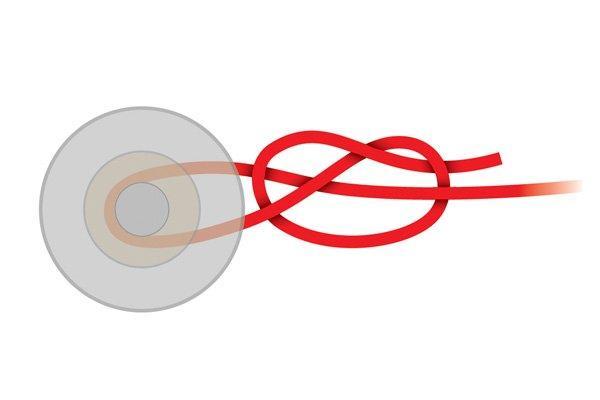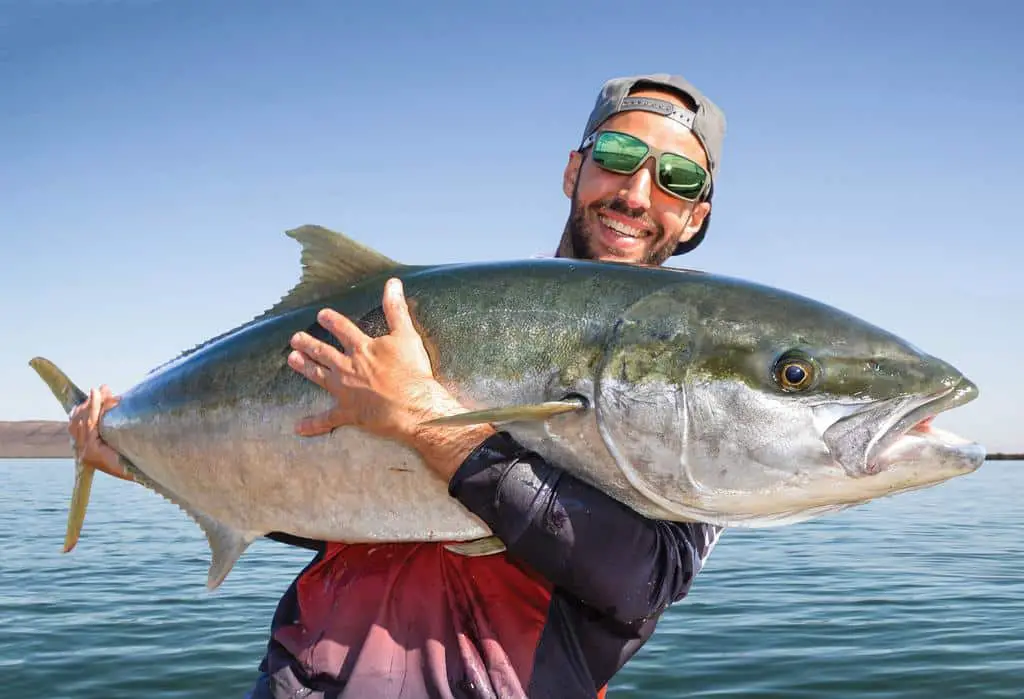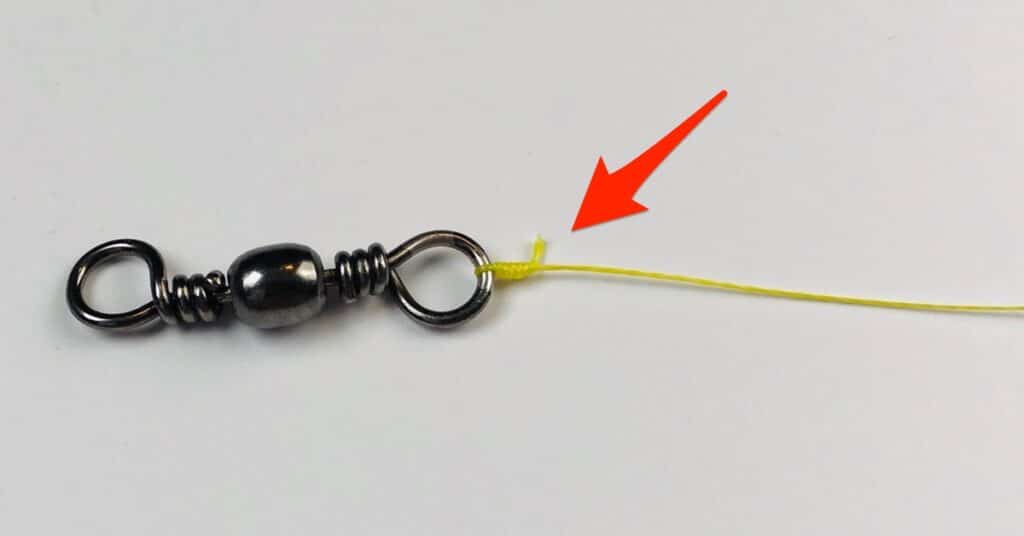Introduction
Understanding the Fish n Fool Knot
The Fish n Fool Knot, also known as the Fish and Fool Knot, is a versatile fishing knot renowned for its strength, durability, and simplicity. It is particularly useful for connecting your fishing line to hooks, lures, or swivels. The knot’s design ensures optimal strength, allowing you to tackle hard-fighting fish without worrying about line failure. Whether you are an amateur angler or an experienced fishing enthusiast, mastering the Fish n Fool Knot will undoubtedly enhance your fishing success.
Step-by-Step Guide to Tying the Fish n Fool Knot
Gathering the necessary equipment
Before you begin tying the Fish n Fool Knot, ensure you have the required equipment readily available. You will need a fishing line, a hook, lure, or swivel, and a pair of pliers for tightening and trimming the knot.
Preparing the fishing line
Start by creating a clean end on your fishing line. Trim any frayed edges and make a clean, perpendicular cut to ensure easy knot tying.

Creating the first wrap
Pass the tag end through the loop, making a single wrap around the loop and the main line. The tag end should pass through the loop from the bottom side.
Making the second wrap
Take the tag end and create a second wrap around the loop and the main line. This time, the tag end should pass through the loop from the top side.
Securing the knot
Gently tighten the knot by pulling both ends of the fishing line and the tag end simultaneously. Ensure that the wraps are snug and aligned neatly. Once the knot is tightened, trim the excess tag end using a pair of pliers or scissors.
Advantages of the Fish n Fool Knot
Strength and durability
The Fish n Fool Knot is renowned for its exceptional strength. Its design creates a reliable connection between the fishing line and the terminal tackle, ensuring that it can withstand the force exerted by powerful fish species. With this knot, you can fish with confidence, knowing that your line is secure.
Versatility
The Fish n Fool Knot is highly versatile and can be used with various fishing lines, including monofilament, fluorocarbon, and braided lines. Whether you are freshwater fishing, saltwater fishing, or engaging in different angling techniques, this knot is suitable for a wide range of fishing scenarios.
Ease of tying
Even though the Fish n Fool Knot provides excellent strength, it is relatively easy to tie. With a few simple steps, you can master this knot quickly, saving you valuable time on the water. Its simplicity and efficiency make it an attractive option for both beginners and experienced anglers.

Fish n Fool Knot vs. Palomar Knot
When comparing fishing knots, it’s essential to consider their strengths, ease of tying, and specific use cases. Let’s take a closer look at how the Fish n Fool Knot compares to the popular Palomar Knot:
Strength comparison
Both the Fish n Fool Knot and the Palomar Knot exhibit impressive strength. However, the Fish n Fool Knot offers additional security due to its double-wrap design. This feature enhances the knot’s ability to withstand sudden bursts of force and ensures a reliable connection between the line and the terminal tackle.
Ease of tying comparison
While both knots are relatively simple to tie, the Fish n Fool Knot requires fewer steps than the Palomar Knot. The Palomar Knot involves threading the line through the hook eye twice, which can be slightly more time-consuming. However, with a bit of practice, anglers can become proficient in tying both knots efficiently.
Use cases and preferences
The choice between the Fish n Fool Knot and the Palomar Knot ultimately depends on personal preference and specific fishing situations. The Fish n Fool Knot excels in scenarios where extra strength is desired, such as targeting large game fish or fishing in challenging environments. On the other hand, the Palomar Knot is often favored for its simplicity and reliability with smaller to medium-sized fish species.
Other Popular Fishing Knots
While the Fish n Fool Knot is an excellent choice for various fishing scenarios, it’s always beneficial to expand your repertoire of fishing knots. Here are a few other popular fishing knots worth exploring:
Improved Clinch Knot
The Improved Clinch Knot is widely recognized and versatile. It is commonly used for tying fishing line to hooks, lures, and swivels. With its straightforward tying process and reliable strength, the Improved Clinch Knot remains a go-to option for many anglers.
Uni Knot
The Uni Knot, also known as the Duncan Loop, is a versatile and straightforward knot that can be used for various applications. It is especially useful for attaching lures or flies to the line and is renowned for its strength and simplicity.
Double Uni Knot
The Double Uni Knot, as the name suggests, is a variation of the Uni Knot that offers added strength and security. It is particularly useful for connecting two lines of similar or different diameters, making it an ideal choice for joining leader lines or creating loops.
Surgeon's Knot
The Surgeon’s Knot is a reliable knot that is commonly used for connecting two lines together. It is known for its simplicity and strength, making it an excellent choice for joining monofilament or fluorocarbon lines.

Factors to Consider When Choosing a Fishing Knot
When selecting a fishing knot for your specific needs, several factors come into play. Consider the following aspects to ensure you choose the most suitable knot:
Type of fishing line
Targeted fish species
Fishing conditions
The fishing environment, including factors like water clarity, structure, and weather conditions, can influence knot choice. In certain situations, such as fishing in heavy cover or rough conditions, you may require a knot that offers maximum strength and resistance to abrasion.
Exploring Expensive Fishing Reel Brands
Investing in a high-quality fishing reel can significantly enhance your fishing experience. Here are a few well-regarded and expensive fishing reel brands known for their exceptional craftsmanship and performance:
Brand reputation and quality
When considering expensive fishing reel brands, it’s essential to research their reputation and quality. Brands like Shimano, Daiwa, and Penn have earned a reputation for producing top-of-the-line reels that deliver durability, smooth operation, and advanced features.
Features and technology
Expensive fishing reel brands often incorporate innovative features and cutting-edge technology into their products. These can include advanced drag systems, corrosion-resistant materials, precise gear ratios, and ergonomic designs, providing anglers with a superior fishing experience.
Cost considerations
While expensive fishing reel brands offer unmatched quality, it’s important to consider your budget and fishing needs. Determine the features and specifications that align with your fishing style and investment capacity, ensuring that you make a well-informed purchasing decision.

Conclusion
In conclusion, mastering the art of tying a reliable fishing knot is crucial for any angler seeking success on the water. The Fish n Fool Knot, with its strength, versatility, and ease of tying, proves to be an excellent addition to your repertoire. Understanding its step-by-step tying process and comparing it to other popular knots like the Palomar Knot allows you to choose the most suitable option for your fishing endeavors. Additionally, exploring other popular fishing knots and considering factors such as fishing line type, target species, and fishing conditions will further enhance your angling skills. Lastly, investing in high-quality fishing reels from reputable brands elevates your fishing experience and ensures long-term durability and performance.
FAQs
Can the Fish n Fool Knot be used for all types of fishing lines? Yes, the Fish n Fool Knot is compatible with various fishing lines, including monofilament, fluorocarbon, and braided lines.
How does the Fish n Fool Knot compare to the Improved Clinch Knot? While both knots are reliable, the Fish n Fool Knot offers superior strength and durability compared to the Improved Clinch Knot.
Is the Fish n Fool Knot suitable for saltwater fishing? Absolutely! The Fish n Fool Knot is versatile and can be used for both freshwater and saltwater fishing.
Can the Fish n Fool Knot be tied quickly? Yes, with practice, the Fish n Fool Knot can be tied quickly and efficiently, saving you valuable time on the water.
Where can I buy fishing reels from the expensive brands mentioned? Fishing reels from renowned and expensive brands like Shimano, Daiwa, and Penn can be purchased at reputable fishing tackle stores, both online and offline. Additionally, you can find them at specialized fishing equipment retailers or through authorized dealers.


